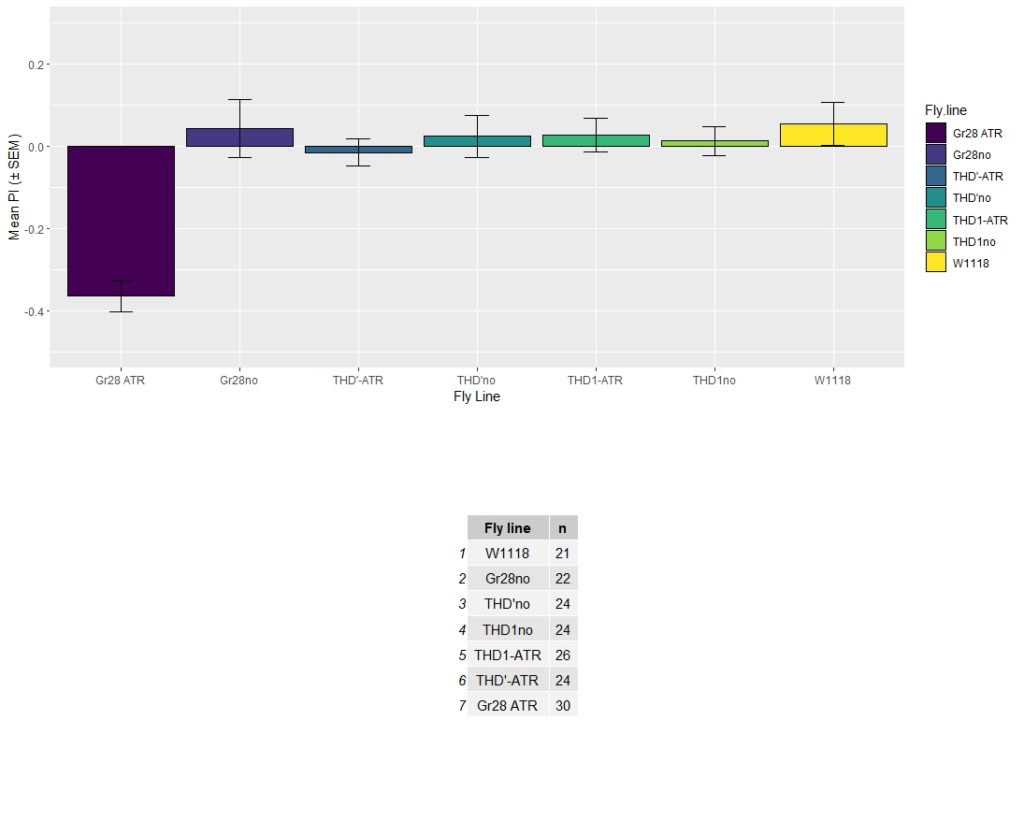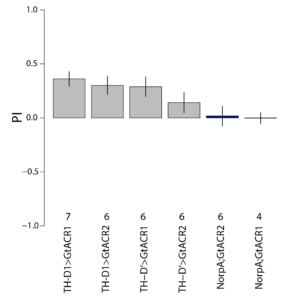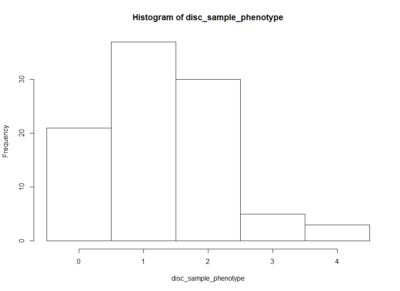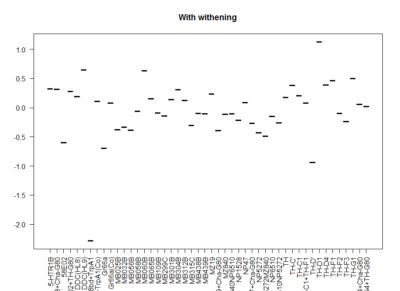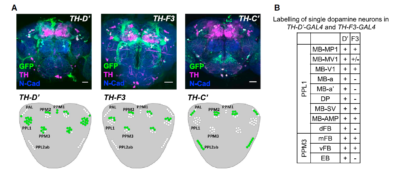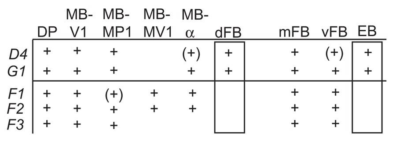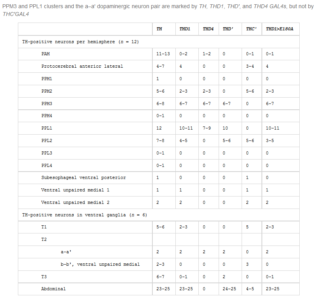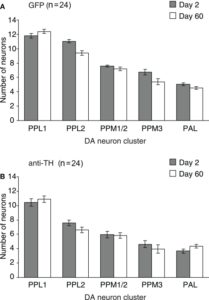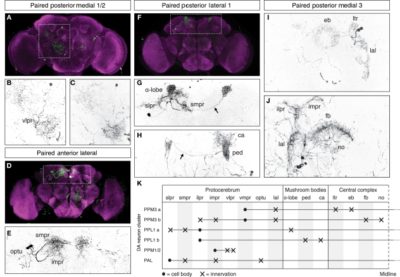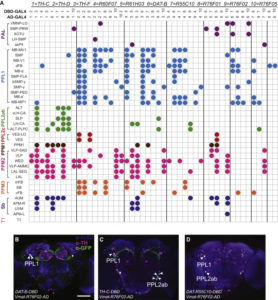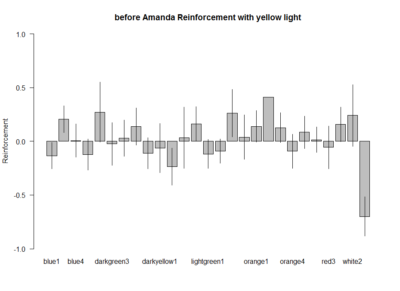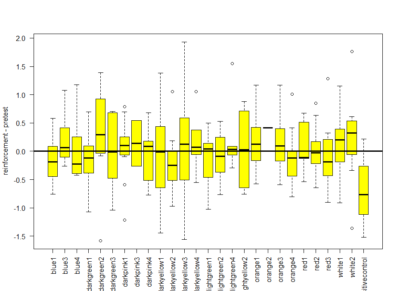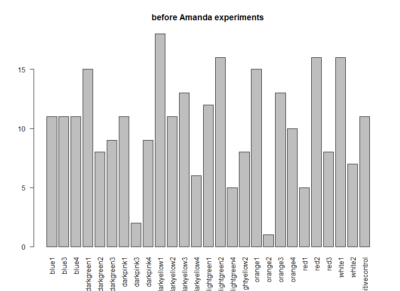Salt avoidance under blue & redlight
on Sunday, March 9th, 2025 5:51 | by Eva Schächtl
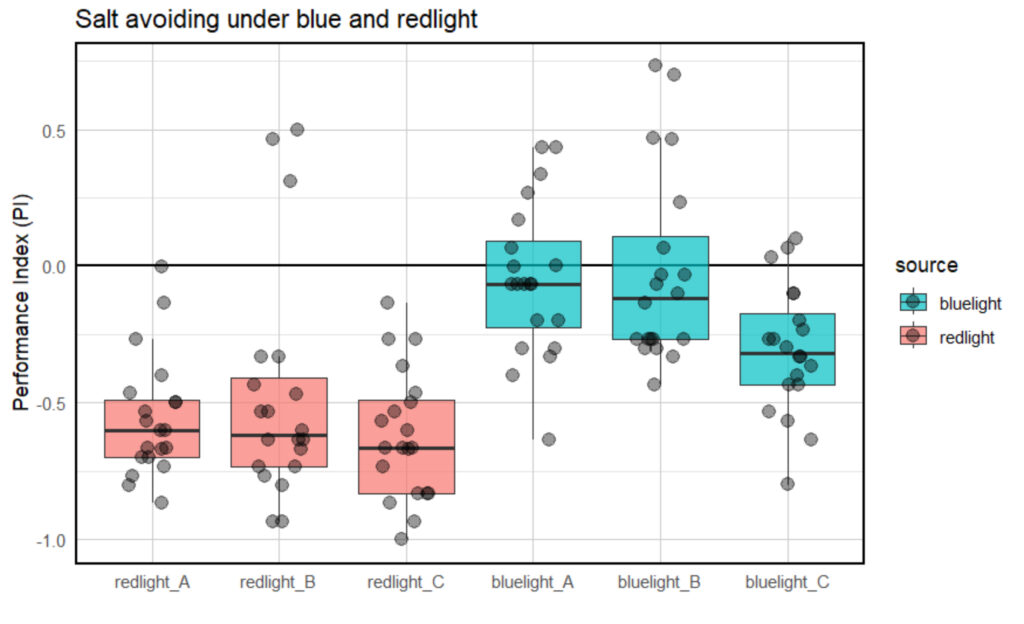
Category: Food preference, Kenyon cells, Larve, Mushroom Body, neuronal activation, Optogenetics | No Comments
Salt Avoidance under blue & red light
on Monday, March 3rd, 2025 1:55 | by Eva Schächtl

Category: Food preference, Kenyon cells, Larve, Mushroom Body, neuronal activation | No Comments
Progress week 26-28
on Monday, July 13th, 2020 1:39 | by Anders Eriksson
Updates in DTS code
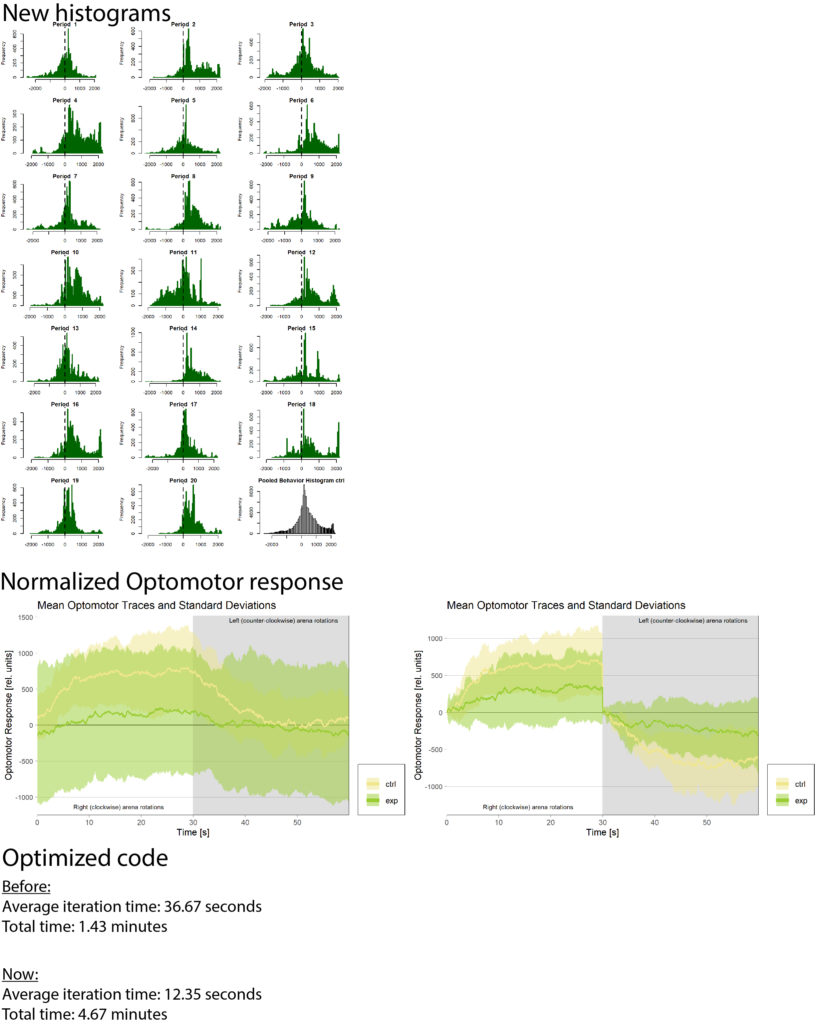
Refreshing dissection skills
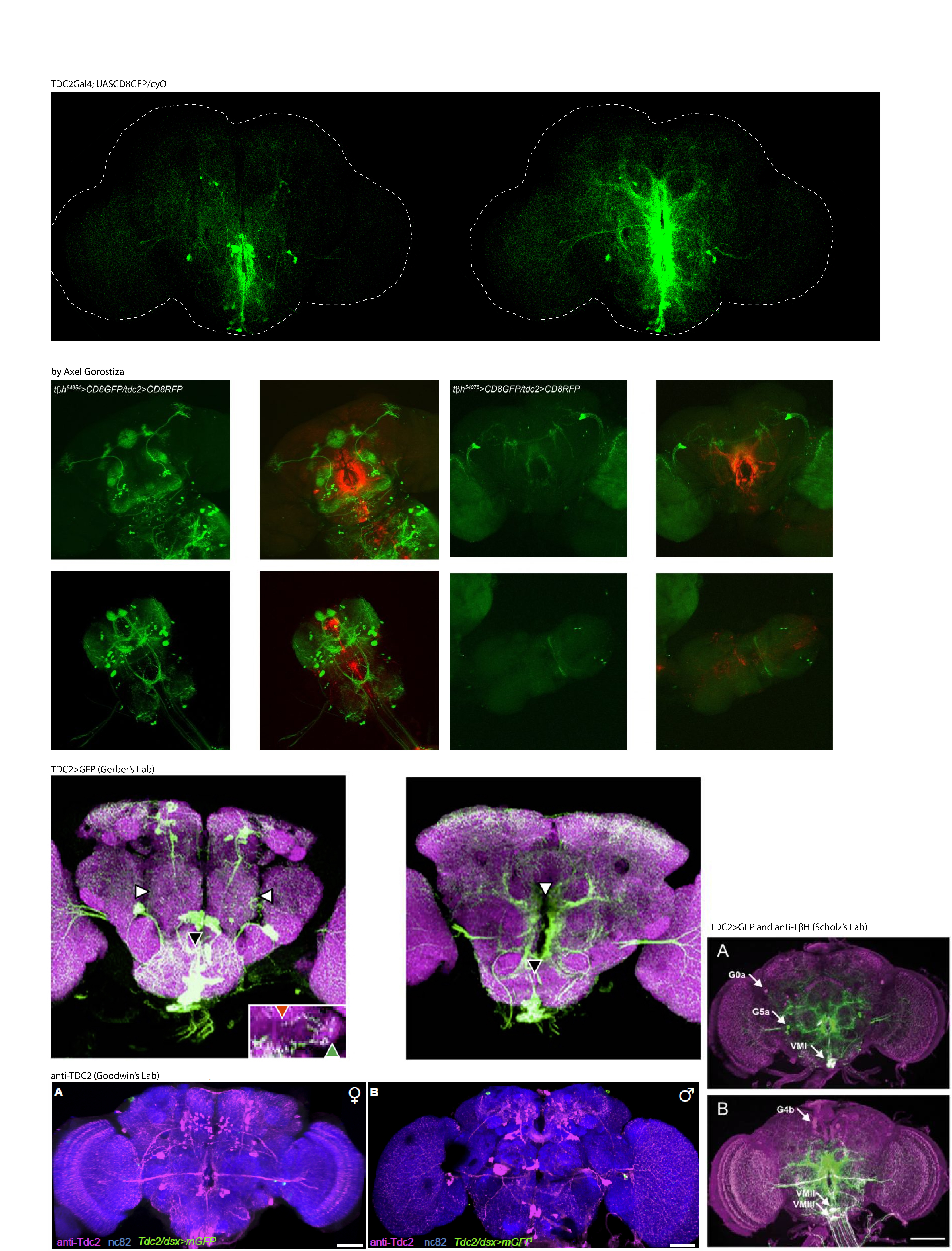
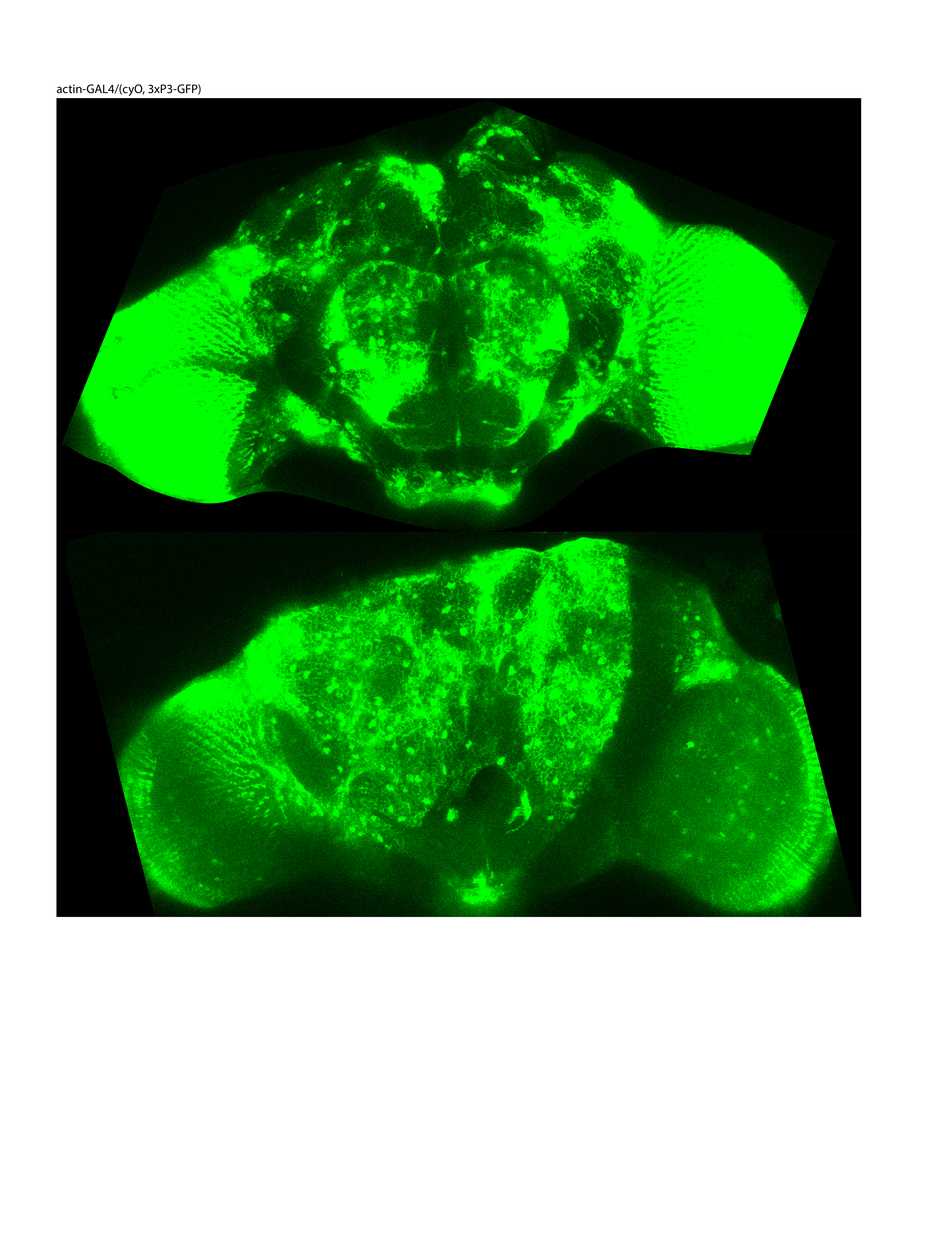
Category: Anatomy, genetics, Lab, neuronal activation, personal, R code, science, Uncategorized | No Comments
New batch of ATR wrecks screen results?
on Monday, May 4th, 2020 1:16 | by Björn Brembs
At the beginning of last week, the flies in the optogenetics rescreen seemed to behave very different compared to all the weeks before: groups that kept the lights on now switched it off and vice versa. There was also some of that in the control flies, but to a lesser extent. This is what the last training PIs looked like for the seven groups before last week:
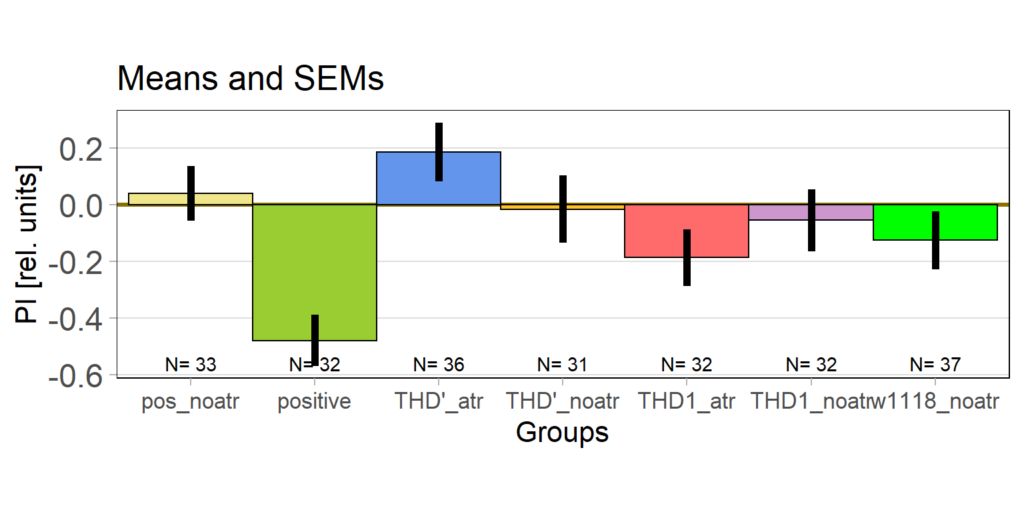
The data from last week then looked like this:
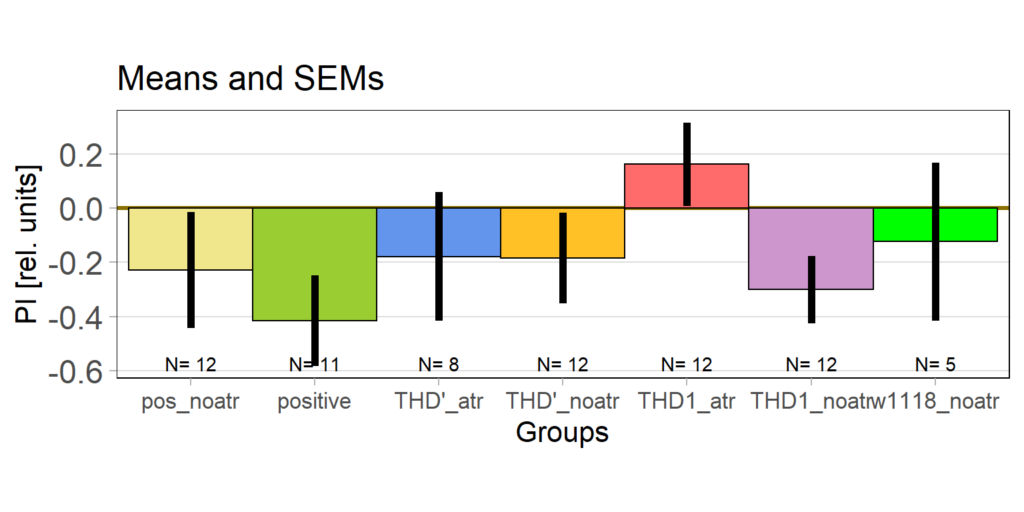
Especially the two groups that did receive ATR reversed their previous screen results. Potentially, reduced concentration of ATR may have reduced the effect of light which may have led to the reversal of the effects.
Category: neuronal activation, Operant reinforcment, Optogenetics | No Comments
Optogenetic T-maze
on Wednesday, February 19th, 2020 1:45 | by Anders Eriksson
The figure below contains the separate data from both Emer, and Ferruh/Kader. Both data sets have been merged too.
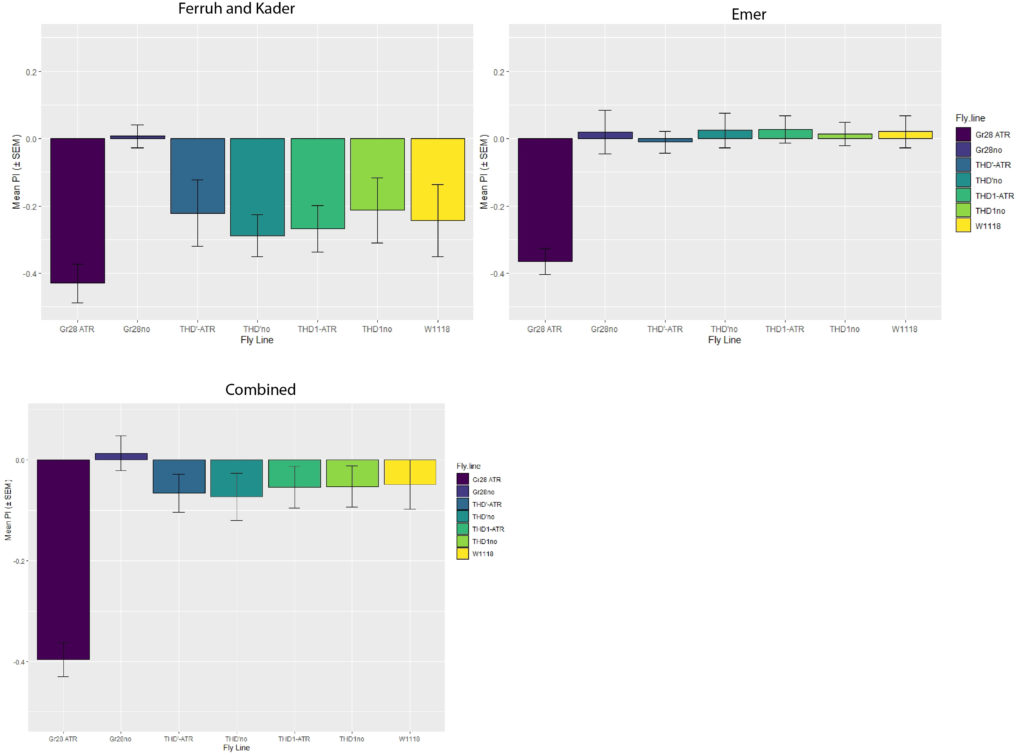
| Fly line | sample size |
| Gr28 ATR | 60 |
| Gr28no | 56 |
| W1118 | 35 |
| THD’-ATR | 35 |
| THD’no | 36 |
| THD1no | 35 |
| THD1-ATR | 37 |
Category: neuronal activation, Optogenetics | No Comments
T-maze screen with yellow light
on Monday, February 3rd, 2020 12:57 | by Anders Eriksson
Category: crosses, genetics, Lab, neuronal activation | No Comments
Inhibiting the interesting lines
on Monday, October 8th, 2018 2:44 | by Christian Rohrsen
Category: neuronal activation, Operant reinforcment, Optogenetics | No Comments
Searching interesting lines
on Friday, August 31st, 2018 4:23 | by Christian Rohrsen
For testing correlations among setups, and similarly for doing a PCA one needs a full matrix, and not a sparse matrix as I have. What are the options? a few…
There is LSEOF (Empirical Orthogonal Function Analysis), RSEOF which is like LSEOF but recursive and normally achieves better results. There is another algorithm that is called DINEOF which consists of an additional step, interpolation, before doing LSEOF. The latter has shown to yield the best results. That is why I opted for this for filling my matrix for further analysis.
The results are shown in the figure below
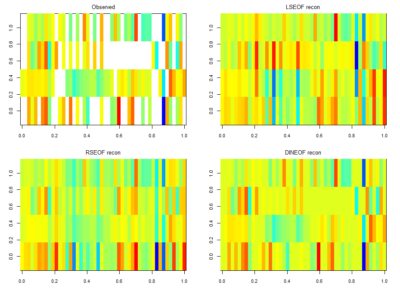 Here the correlation of the mean results for the lines tested in the experiments. From the correlation numbers I would not say that there is any clear correlation of any experiment to the other ( Adj R² = 0.1392 for Joystick and Y-mazes; Adj R² = 0.06809 for Joystick and yellow T-maze)
Here the correlation of the mean results for the lines tested in the experiments. From the correlation numbers I would not say that there is any clear correlation of any experiment to the other ( Adj R² = 0.1392 for Joystick and Y-mazes; Adj R² = 0.06809 for Joystick and yellow T-maze)
Even if there is no clear correlation among setups that the PCA could use, I decided to do a PCA to see what comes out of it. In the table below one can see the PCA loadings from the 4 different setup. We see that the PC1 uses a positive correlation of Joystick,Ymazes and yellow T-maze. PC2 a negative correlation of red T-maze and Joystick and positive Y-mazes and yellow T-mazes. After all there is not much to say about this, I think.
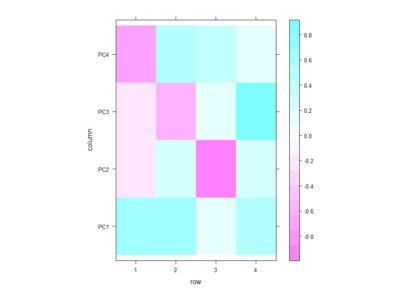 This scree plot without any clear elbow gives me the impression that there is not much information here.
This scree plot without any clear elbow gives me the impression that there is not much information here.
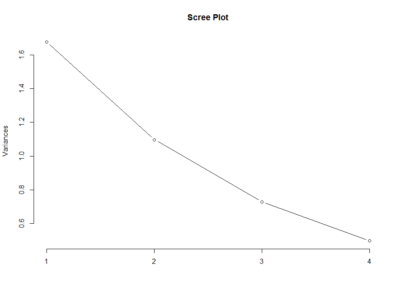 This is how the table of “discrete phenotypes” looks like. The first column is positive scores and the second is negative scores. That means that we are looking for lines that have 4´s. This means that it has 4 negative/positive scores (Joystick, Ymazes, Tmaze red and yellow). In this case TH-G1 and TH-D1 have 4 positive scores (HL9 and TH-C1 have 3). TH-D’ have 4 negative scores (MB025B has 3). Unfortunately not all lines were tested in all setups so we might miss some interesting lines.
This is how the table of “discrete phenotypes” looks like. The first column is positive scores and the second is negative scores. That means that we are looking for lines that have 4´s. This means that it has 4 negative/positive scores (Joystick, Ymazes, Tmaze red and yellow). In this case TH-G1 and TH-D1 have 4 positive scores (HL9 and TH-C1 have 3). TH-D’ have 4 negative scores (MB025B has 3). Unfortunately not all lines were tested in all setups so we might miss some interesting lines.
This is an histogram of the amount of zeros, ones,… that are in the above table.
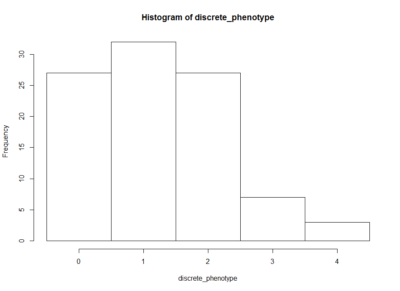 The histogram below is the same as above but by generating surrogate data. I just sampled data from each experiment and checked what this imaginary lines might do. The histogram is quite similar to the one above. I think that having the same histogram shape only shows that there is not correlation of effects among setups, which was already shown above.
The histogram below is the same as above but by generating surrogate data. I just sampled data from each experiment and checked what this imaginary lines might do. The histogram is quite similar to the one above. I think that having the same histogram shape only shows that there is not correlation of effects among setups, which was already shown above.
This is another way of looking for the interesting lines. I decided to withen the data so that all have mean zero and equal deviation so that all experiments have same weight. Then I did a mean for all experiments for each line. The extreme values show that they had a very strong overall phenotype. Here one can confirm what was seen with the “discrete phenotypes”. TH-D’ shows a negative score. TH-D1 a positive one, as well as MB060B and HL9.
Here we plot in different colours the effect from each of the setups tested. Here are also lines like TH-D’ and TH-D1 outstanding. I think it is important to see that the longer the bars the most interesting, but also the more mixed contribution of each experiment the more stronger the statistics might be.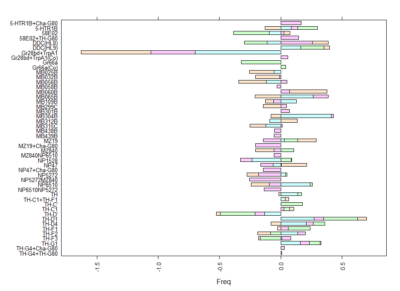
Category: neuronal activation, Operant reinforcment, Optogenetics | No Comments
TH-D’ regions of interest
on Tuesday, August 21st, 2018 2:50 | by Christian Rohrsen
from Galili et al. 2014:
from the table in B, the expression of TH-D’-G4 is different from TH-F3-G4 in PPL1 regions projecting to alpha and alpha’ as well to dorsal Fan Shaped Body (dFB) and DP. I would not focus on the alpha projections into the Mushroom bodies (MB), because the other G4s targeting the alpha lobes did not yield any effect.
In PPM3 only is different the projection to the ellipsoid body (EB). In addition from graph A, PPM1 and PAL regions are stained by TH-D’ but might not be targeted by the other drivers shown.
from Liu et al. 2012:
We see that other drivers that were also tested in our screen (like TH-D4 and TH-G1) also stain the PPL1->dFB, PPL1->DP and PPM3->EB. Since these two drivers did not have a phenotyp,e we might not attribute the effect of TH-D’ because of these projections.
From Pathak et al. 2015:
We have a different pattern where they do not describe expression in regions like PPM2, PPM1 or PAL. They point out the expression in PPM3 and PPL1 but we already discarded these regions as the ones involved in reinforcement in the graphs above in this post. They also observed expression in PPL2, which might be a region also stained by TH-G4, TH-D1 and TH-C’, but we do not know how they overlap. A few TH+ neurons in the ventral ganglia are also targeted by TH-D’.
From White et al. 2011?:
We see more general dopaminergic anatomical properties, like the number of neurons in each dopaminergic cluster. In the second graph one can see where the PPL1, PPM3, PPM1/2 and PAL project to.
from Xie et al. 2018:
I would say that the only two interesting columns are 1&2 and 2&3 which finds common regions for TH-C vs TH-D and TH-D vs TH-F, respectively. The only conclusion I would take from the first is that a few PPM2 regions are discarded as interesting, and from the second that the whole PPL1 does not seem to have differential expression in TH-D’.
Category: Anatomy, neuronal activation, Operant reinforcment, Optogenetics | No Comments
Joystick results
on Tuesday, August 21st, 2018 2:09 | by Christian Rohrsen
These are the experiments from Amanda, the second plot is the amount of experiments per line. Since the positive control does not show the aversive phenotype I am afraid I have to throw her data away :( 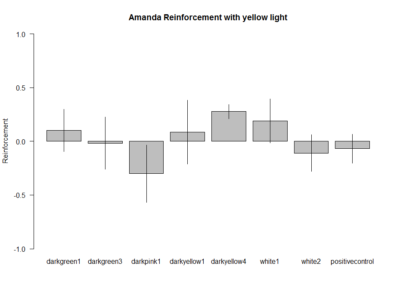
I can´t see if effects reproduce in different hands because I do not have the data from Amanda, so I will just pool all the data together.
Category: neuronal activation, Operant reinforcment, Optogenetics | No Comments

